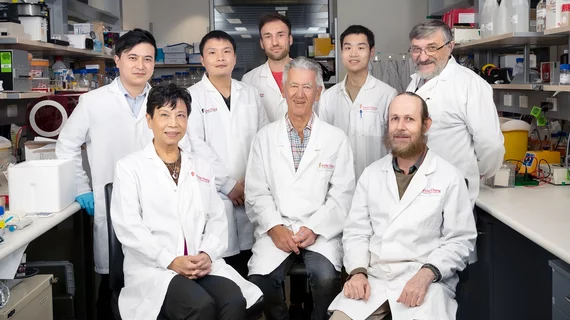New insights into what causes cardiac hypertrophy—and how to treat it
Researchers in Australia believe they’ve made a discovery that could improve care for patients with cardiac hypertrophy, sharing their findings in Nature Cardiovascular Research.[1]
The team’s breakthrough focuses on a molecule, Piezo1, that appears to signal certain responses in the cardiac muscle cells of mice. This appears to be the molecule responsible for the thickening of the heart’s left ventricle, a condition associated with heart failure, abnormal heart rhythms and other significant cardiac issues.
“Cardiac hypertrophy is a key risk factor for premature cardiac death and is a major cause of heart failure,” lead author Boris Martinac, PhD, a professor with the Victor Chang Cardiac Research Institute, said in a statement. “We have finally been able to pinpoint one of the key reasons why the heart muscle wall thickens and identified the molecules and the pathways that cause this process to take place.”
The group hopes that this discovery could eventually lead to patients taking a small peptide after physicians identify clear signs of heart muscle thickening. This peptide could potentially stop the Piezo1 molecule from sending these signals.
“This preventative treatment could make a huge inroad into reducing the number of people affected by heart disease in Australia and save many lives in the future,” co-author Jane Zu, PhD, said in the same statement.
The authors also noted that their work could have significant implications for patients who have experienced a heart attack or stroke. Martinac said he and his team “are incredibly excited about the potential of our discovery.”
Related Heart Failure Content:
FDA announces another recall of Medtronic HVAD pump implant kits—1 patient death reported
Fourth U.S. hospital meets high criteria for advanced heart failure accreditation
Key interventional cardiology takeaways from the SCAI 2022 conference
How cocaine use affects outcomes for hospitalized heart failure patients

